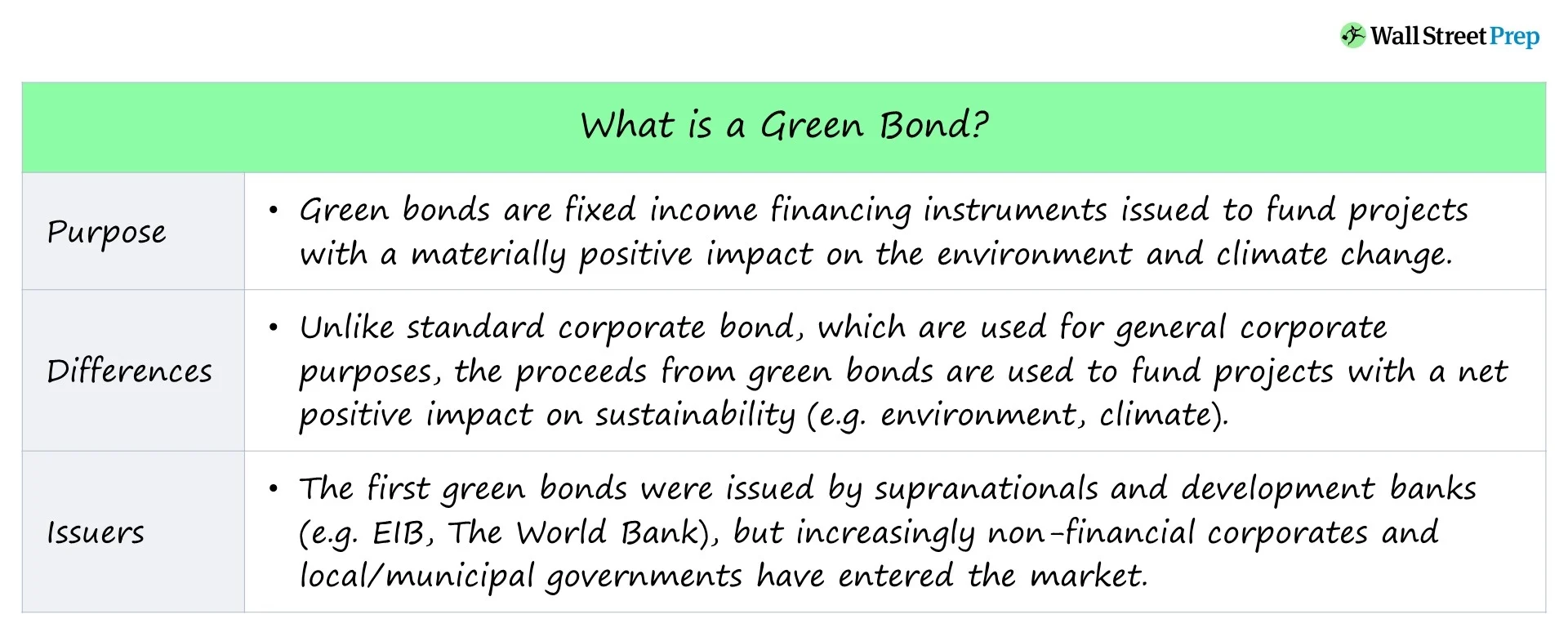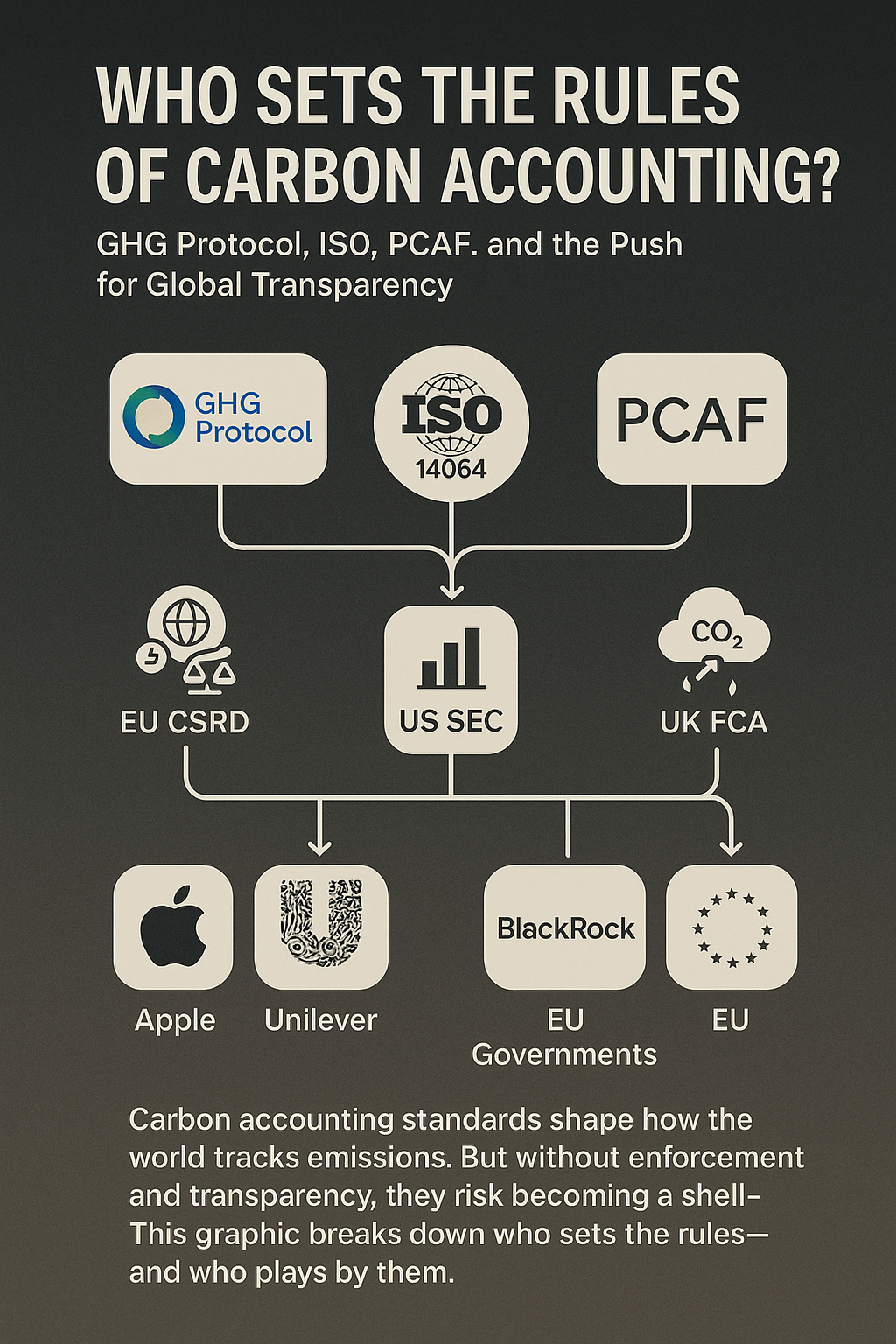Introduction
On June 5, 2025, the Securities and Exchange Board of India (SEBI) unveiled a comprehensive framework for issuing and listing ESG (Environmental, Social, and Governance) debt securities, encompassing social bonds, sustainability bonds, and sustainability-linked bonds (SLBs). This initiative aims to bolster transparency, mitigate “purpose-washing,” and align India’s sustainable finance practices with global standards. fortuneindia.com+2m.economictimes.com+2economictimes.indiatimes.com+2
This regulatory advancement arrives as ESG investing gains traction in India, reflecting a growing appetite for ethical and impact-driven financial instruments.
Key Highlights of SEBI’s ESG Debt Framework
1. Categorization of ESG Debt Instruments
SEBI’s framework delineates ESG debt securities into three distinct categories:
- Social Bonds: Funds allocated to projects yielding positive social outcomes, such as affordable housing, healthcare, education, and food security.
- Sustainability Bonds: Proceeds directed towards a combination of green and social projects.
- Sustainability-Linked Bonds (SLBs): Unlike traditional bonds, SLBs are tied to the issuer’s overall ESG performance. Financial terms are contingent upon achieving predefined sustainability targets, such as reducing carbon emissions.
2. Enhanced Disclosure and Reporting Requirements
To prevent greenwashing and ensure accountability:
- Pre-Issuance Disclosures: Issuers must provide a detailed framework outlining the utilization of proceeds, accompanied by third-party verification.
- Annual Reporting: Mandatory submission of impact reports detailing fund utilization and measurable ESG benefits achieved.
- External Reviews: Encouragement of independent audits or certifications to bolster credibility.
3. Alignment with Global Standards
SEBI’s framework draws inspiration from international best practices, including:
- ICMA’s Green & Social Bond Principles
- ASEAN Sustainability Bond Standards
- Climate Bonds Standardm.economictimes.com
This alignment ensures that Indian ESG bonds remain attractive to global investors seeking standardized sustainable investments.
4. Penalties for Non-Compliance
Issuers failing to meet stated ESG objectives, particularly for SLBs, may face:
- Higher Coupon Rates: Increased interest payments as a financial penalty.
- Mandatory Corrective Action Plans: Implementation of strategies to realign with ESG targets.
- Reputational Risks and Regulatory Scrutiny: Potential damage to brand image and increased oversight. sebi.gov.in
Significance for India’s Financial Market
Boosting Investor Confidence
Clear ESG guidelines reduce ambiguity, making Indian bonds more appealing to foreign institutional investors (FIIs), ESG funds, and pension funds.
Encouraging Genuine Sustainable Projects
By enforcing strict reporting, SEBI ensures that only legitimate ESG initiatives benefit from these bonds.
Supporting India’s Climate and Social Goals
The framework aligns with India’s Net Zero 2070 target and Sustainable Development Goals (SDGs) by channeling capital into renewable energy, affordable housing, and clean transportation.
Preventing Greenwashing Risks
With rising ESG investments, some companies have been accused of exaggerating their sustainability claims. SEBI’s rules aim to curb such practices.
Comparison with Global ESG Bond Regulations
| Aspect | India (SEBI’s Framework) | EU (Green Bond Standard) | US (SEC Proposed Rules) |
|---|---|---|---|
| Third-Party Verification | Encouraged | Mandatory | Likely Required |
| Reporting Frequency | Annual Impact Reports | Annual + Interim Updates | Annual Disclosures |
| Penalties for Non-Compliance | Higher Coupon Rates, Corrective Actions | Fines & Legal Consequences | SEC Enforcement Actions |
| Focus Areas | Social, Green, SLBs | Primarily Green Bonds | Climate & Governance |
Challenges and Criticisms
Implementation Burden on Issuers
Smaller companies may struggle with the costs associated with ESG reporting and verification processes.
Lack of Clarity on SLB Targets
SEBI needs to define acceptable Key Performance Indicators (KPIs) for SLBs to avoid arbitrary targets.
Limited Liquidity in ESG Debt Market
India’s ESG bond market is still nascent compared to Europe or the US, potentially affecting investor interest.
Future Outlook for ESG Bonds in India
- Increased Corporate Participation: Companies like Tata Group, Adani Green, and IREDA may expand ESG debt offerings.
- Sovereign Green Bonds: The Indian government may issue more green bonds under this framework.
- Potential for Stricter Regulations: As the market evolves, SEBI may introduce more stringent enforcement and new categories, such as blue bonds for ocean conservation.
Conclusion
SEBI’s new ESG debt framework marks a significant advancement in regulating India’s sustainable finance market. By introducing clear guidelines for social bonds, sustainability bonds, and SLBs, the regulator aims to enhance transparency, attract global capital, and support India’s climate goals.
However, successful implementation will depend on issuer compliance, investor awareness, and continued regulatory refinements. As ESG investing grows, India’s bond market could see greater innovation and liquidity in sustainable debt instruments.
References:
- SEBI. (2025, June 5). Framework for Environment, Social and Governance (ESG) Debt Securities (other than green debt securities). SEBI Circularm.economictimes.com+3sebi.gov.in+3legal.economictimes.indiatimes.com+3
- Economic Times. (2025, June 5). Sebi issues new ESG debt framework to regulate social, sustainability, and linked bonds. Economic Times Article
- Business Standard. (2025, June 5). Sebi comes out with operational framework for ESG debt securities. Business Standard Articlebusiness-standard.com
- Insights on India. (2025, June 6). SEBI’s Operational Framework for ESG Debt Securities. Insights on India Articleinsightsonindia.com
- Fortune India. (2025, June 5). Sebi tightens ESG bond rules to curb ‘purpose-washing’, sets strict disclosure norms. Fortune India Articlefortuneindia.com+1m.economictimes.com+1





